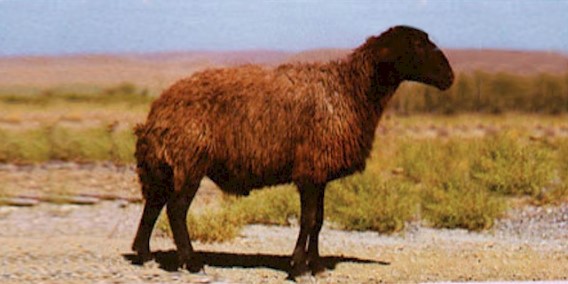Ghezel sheep, known by a myriad of names including Kizil-Karaman, Mor-Karaman, Dugli, Erzurum, Chacra, Chagra, Chakra, Gesel, Gezel, Kazil, Khezel, Khizel, Kizil, Qezel, Qizil, and Turkish Brown, trace their origins to the rugged landscapes of northwestern Iran and northeastern Turkey. This hardy breed has garnered attention for its distinctive red fleece, which often exhibits captivating variations ranging from deep shades of black-red to lighter hues of red.
Renowned for their dual-purpose capabilities, Ghezel sheep are prized for both meat and wool production, embodying versatility and resilience in diverse agricultural settings. The males of the breed are typically observed as hornless, imparting a sleek and streamlined appearance to their profile, while the females consistently exhibit hornlessness, contributing to their refined and elegant demeanor within the flock.
Beyond their striking physical characteristics, Ghezel sheep symbolize the rich cultural heritage and agricultural traditions of their native regions, serving as a testament to the enduring bond between humans and livestock in these rugged landscapes. With their adaptability, robust constitution, and valuable contributions to meat and wool production, Ghezel sheep continue to play a significant role in sustaining livelihoods and fostering agricultural sustainability in their ancestral homelands and beyond.
